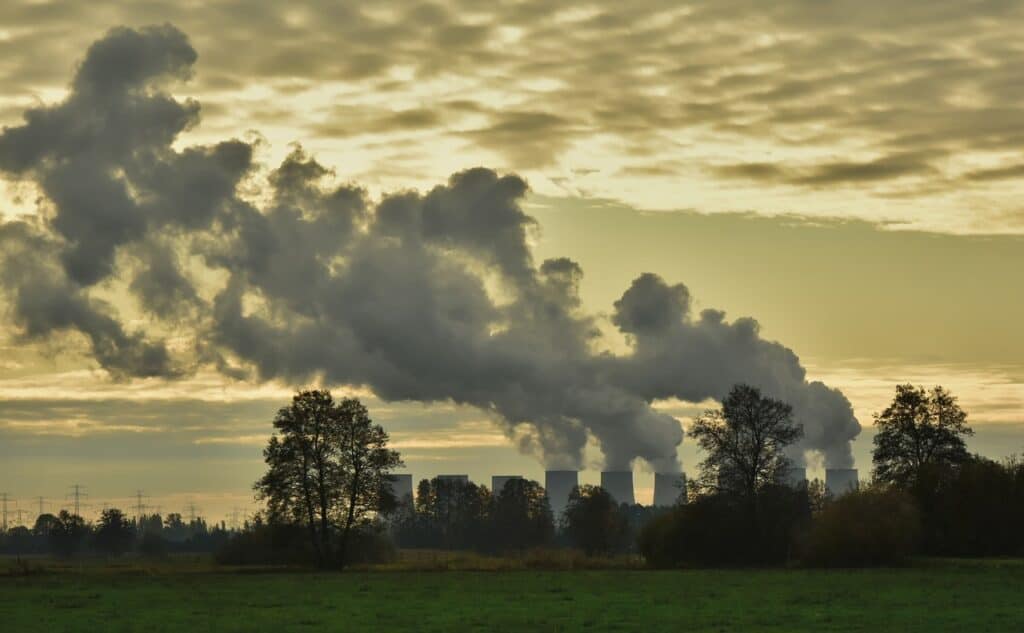The Clean Air Act is a statute that protects citizens from air pollution. It is a cost-effective strategy for reducing air pollution, and Congress passed it in 1990.
Regulations for pollutants emitted from internal combustion engines in vehicles
The Clean Air Act requires that engines used in motor vehicles meet certain emission standards. The Environmental Protection Agency (EPA) is in charge of regulating these standards.
To keep up with changing trends, the EPA has developed a plethora of test procedures to measure the levels of pollutants emitted from internal combustion engines in vehicles. The EPA has also worked with state and local governments as well as engine makers to make sure that rules are followed.
While cars are still the largest source of air pollution in the United States, cleaner fuels and advanced emission control technologies have cut emissions in half in the past 30 years. As people continue to drive more miles, the EPA expects further improvements will come.
There are three main categories of regulated sources. Road transport is the largest, followed by motorized equipment and power plants. Non-road sources include construction and agriculture.
The Clean Air Act’s “Prevention of Significant Deterioration” (PSD) rules protect Class I lands from getting worse.
The Clean Air Act (CAA) is a set of laws designed to protect the public’s health, sensitive ecosystems, and clean air resources. Among other things, it gives the federal government the ability to designate special places and gives the National Park Service (NPS) the authority to review and make recommendations on the construction of new sources of air pollution in national parks.
For major projects in areas that meet the NAAQS, the PSD program is designed to help preserve the environment, maintain air quality, and allow for economic growth. Before a new source can work in a PSD area, it has to get a PSD permit.
The PSD program requires that the applicant demonstrate that emissions will not exceed any limitable increase. This is possible with the help of impact analysis.Impact analysis is the process of evaluating the effects of an emission on the air quality, especially in the context of a specific region.
The Amendments of 1990 were cost-effective approaches to reducing air pollution.
The Clean Air Act Amendments of 1990 launched a new era in environmental protection. These changes brought about an increased emphasis on clean air standards, more stringent regulation of pollutants, and a streamlined permitting process.
Aside from the benefits of cleaner air, the act has reduced health care costs. It has also saved thousands of lives.
In the past, cities such as Los Angeles and New York suffered from deadly smog episodes. Fortunately, air pollution has decreased significantly since then. Similarly, fewer people enter hospitals for respiratory problems related to smog.
The amendments to the Clean Air Act increased the EPA’s enforcement authority and allowed it to sue polluters in court.As a result, industries are required to modify their production processes and reduce the amount of pollutants released into the atmosphere.
State Implementation Plans
The Clean Air Act is the legal foundation of the national air pollution control program. It identifies requirements for states to attain and maintain National Ambient Air Quality Standards. Moreover, it grants enforcement powers to the U.S. Environmental Protection Agency. State Implementation Plans are the means by which states to ensure compliance with these requirements.
These plans include the specific state rules, requirements, and pollution control strategies required to comply with the Clean Air Act. Section 110 of the CAA requires states to develop and submit an implementation plan. However, some states may require legislative approval of these plans.
The EPA issues several memoranda on the process of approving state implementation plans. In addition, the agency provides a list of available memoranda.
State implementation plans must be reviewed periodically. If a plan is determined not to meet the needs of the community, it can be revised. Typically, a change to a SIP must be approved by the Department of Environmental Protection. A revision to an implementation plan requires public notice and a public hearing. The federal government can enforce the plan once it has undergone revision.
A People’s Petition calling for CO2 regulation under the Clean Air Act
The Clean Air Act provides a robust greenhouse gas reduction strategy. The law gives EPA the authority to regulate motor vehicle emissions and air emissions from stationary sources. It also allows the EPA to negotiate emissions treaties with other countries. The EPA has already issued rules to address CO2 emissions from several different sources.
Petitioners argue that the Clean Air Act is insufficient to protect the marine environment from carbon dioxide. They believe the agency has the authority to require mitigation of past emissions through sequestration. However, they provide minimal information regarding the actual cost and benefits of the regulation.
The petition is accompanied by a supplement that provides further detail on sequestration methods, as well as additional requests. For example, the petitioners propose to use economic incentives to drive compliance.

